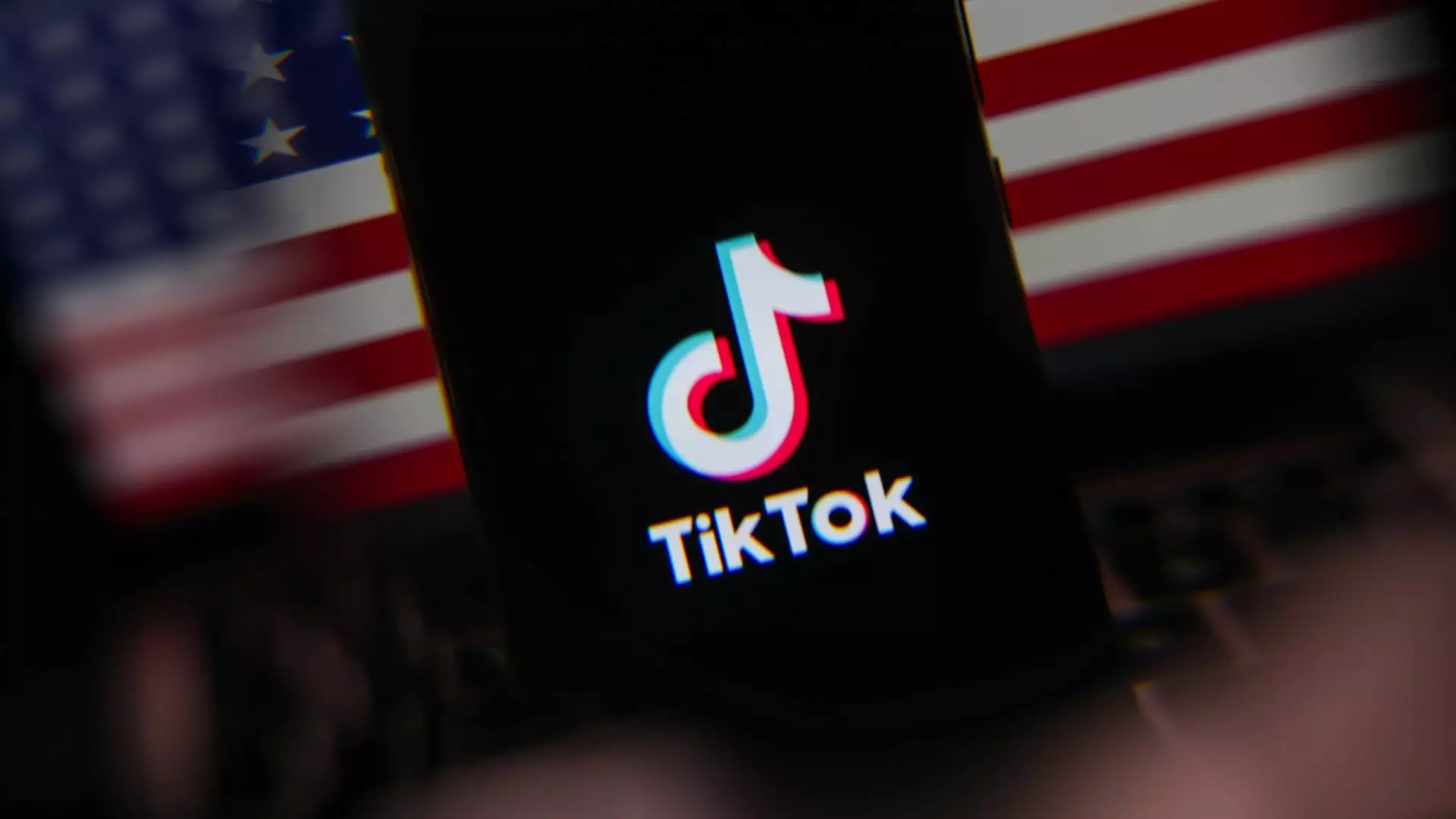In a dramatic turn of events, TikTok has made its way back onto the Apple and Google app stores after a suspension that lasted nearly a month. This reprieve follows a turbulent period characterized by national security claims and corporate maneuvering that shook the foundations of one of the most popular social media platforms in the United States. Initially removed from these prominent app stores on January 18, TikTok’s suspension was precipitated by a looming national security law that demanded the divestiture of its U.S. operations. The legislation stemmed from deep-seated concerns regarding data privacy and foreign influence, particularly given that TikTok is owned by Chinese-based ByteDance.
The Protecting Americans from Foreign Adversary Controlled Applications Act, enacted under the Biden administration, ramped up the pressure on TikTok, mandating a divestiture deadline of January 19. This law posed severe implications for tech giants like Apple, Google, and Oracle, who would face penalties if they continued offering an app deemed a national security threat. TikTok’s leadership vehemently opposed this legislation, arguing that it infringed upon the First Amendment rights of its overwhelming user base in the U.S.—over 170 million individuals, at last count.
The Supreme Court’s ruling in January siding with the Biden administration affirmed Congress’s belief that divesting TikTok’s U.S. operations was essential to safeguard national security. This ruling placed the onus on TikTok to comply with laws that it deemed harsh and unconstitutional, leading to further uncertainty regarding its future in the American market.
Unwilling to accept defeat, TikTok’s leadership threatened to cease operations in the U.S. if the Biden administration did not intervene. The situation witnessed a surprising twist when President Donald Trump expressed a different approach, proposing a joint venture that would allow the U.S. government a 50% ownership stake in TikTok. This plan, shared on his Truth Social platform, suggested a strategy aimed at preserving TikTok while ensuring it remained under “good hands.” This could also potentially alleviate security concerns.
Such political maneuvering raises critical questions about the intersection of governance, technology, and user freedom. With TikTok back online in the app stores, reports suggest the platform has successfully reclaimed approximately 90% of its traffic prior to the January ban. This indicates a resilient user base eager to continue its engagement with the platform, defying the legal and political turmoil surrounding it.
As TikTok navigates these treacherous waters, the future remains contingent on evolving legislative landscapes and ongoing negotiations. Users must grapple with the implications of their data privacy, while governments consider the balance between national security and rights to free expression. The situation is emblematic of broader concerns encompassing digital sovereignty, corporate power, and the rights of individuals in an increasingly interlinked world. TikTok’s saga illustrates that in the realm of social media, the lines between law, politics, and user experience are not only blurred but also constantly shifting.

